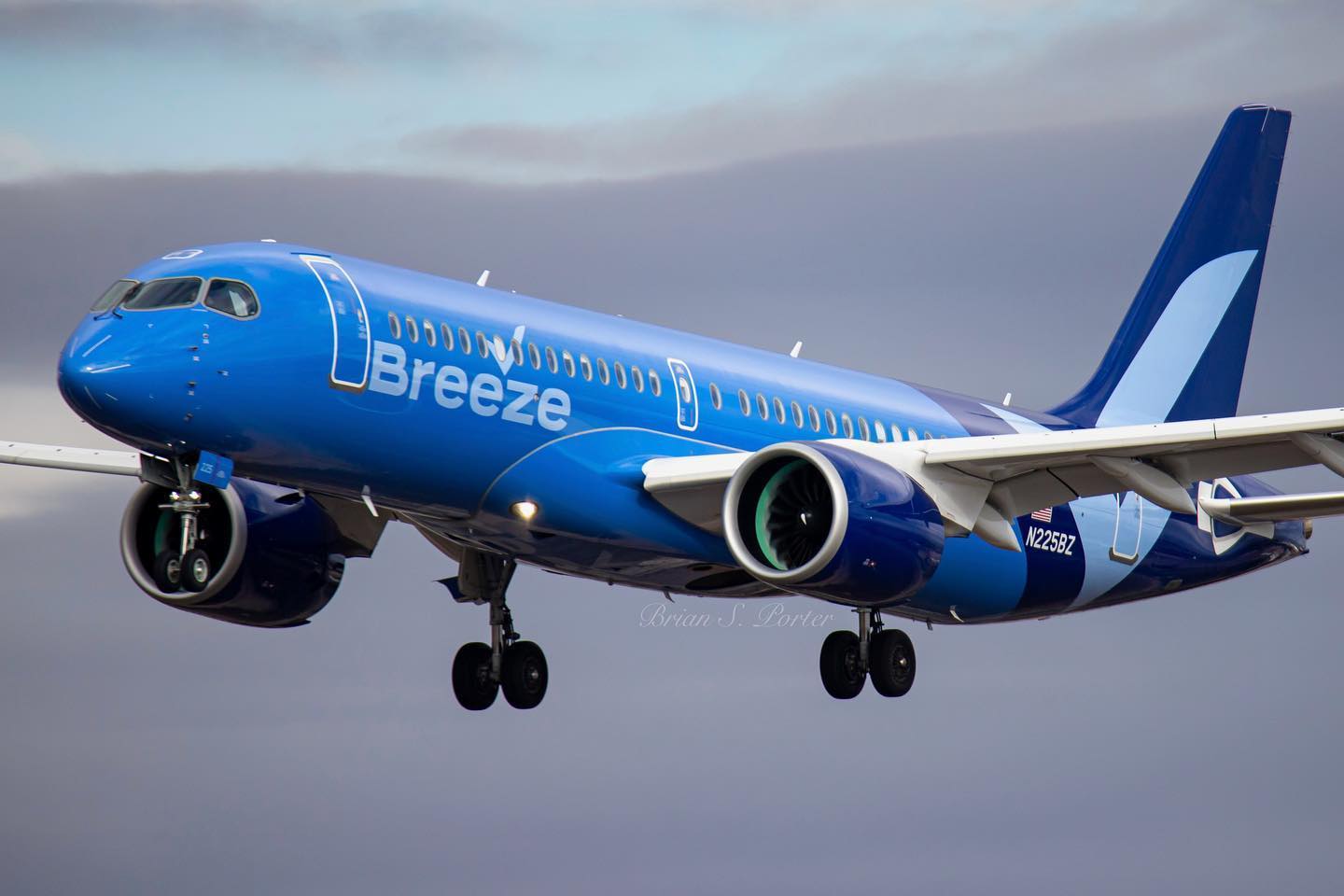On December 12, chaos erupted aboard an EVA Air flight at New York’s JFK Airport when a bird flew into the cabin. The flight, bound for Taipei, was about to take off when the unexpected visitor stirred up quite a scene. Passengers and flight attendants rushed to catch the bird, creating a frenzy in the cabin. Passengers attempted to use blankets to trap the bird, while others stood on seats in an effort to catch it. Amid the commotion, one elderly passenger remained calm, sitting in her seat with a face mask on.
Eventually, an EVA Air ground crew member, wearing an orange jacket, managed to corner the bird. He trapped it in a blanket, to the applause of onlookers. Although the bird’s fate remains unclear, no one seemed to suffer any harm. The incident did not affect flight operations, and the aircraft took off as scheduled. The bird was lucky to avoid what could have been one of the longest nonstop commercial flights in the world, which typically lasts over 17 hours.
Birds occasionally end up in aircraft cabins, often seeking shelter from extreme weather conditions. While the cabin itself remains undamaged, the real risk comes from the chaos caused by excited passengers. Though rare, bird strikes pose a significant threat to aviation safety, as they can lead to serious accidents. A famous incident in 2009, known as the ‘Miracle on the Hudson,’ occurred when a bird strike forced a US Airways flight to make an emergency landing in the Hudson River.
As for EVA Air, the airline has strict rules regarding animals in its cabins. Only service dogs are allowed. Wild birds, like the one that caused the disturbance, are clearly not welcome on board. Yet, this bird didn’t seem to mind the regulations.
In the world of aviation, this event joins a long list of unusual animal-related incidents, from alligators on military aircraft to pigs causing a diversion. Despite such incidents, airlines continue to face challenges when animals interfere with flight operations.
Related stories:
Catch up on the top stories and travel deals by subscribing to our newsletter!












Leave a Reply